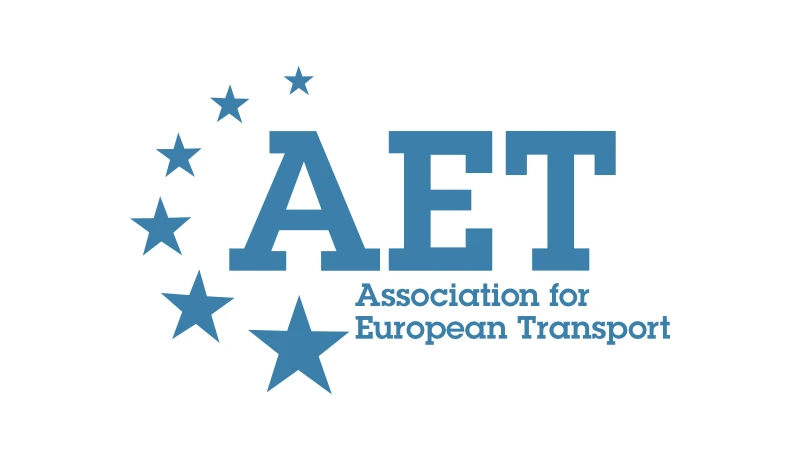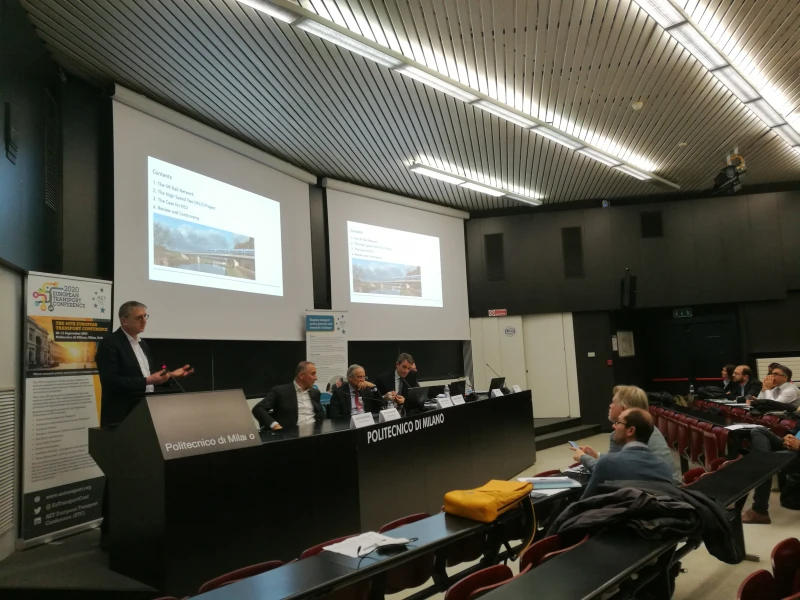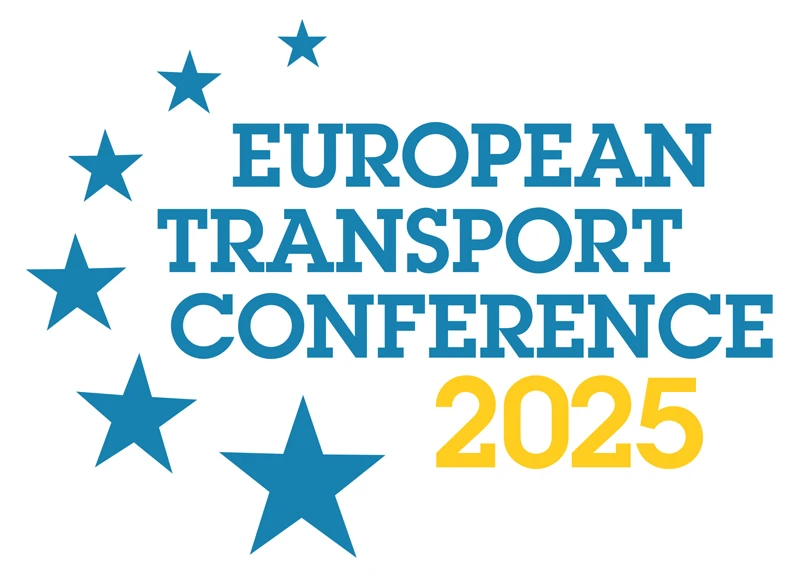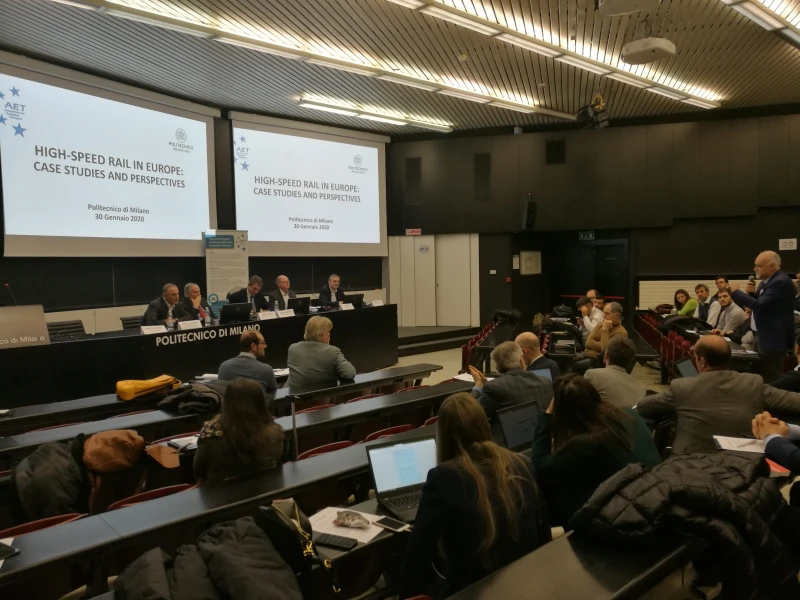-
Past ETC Papers
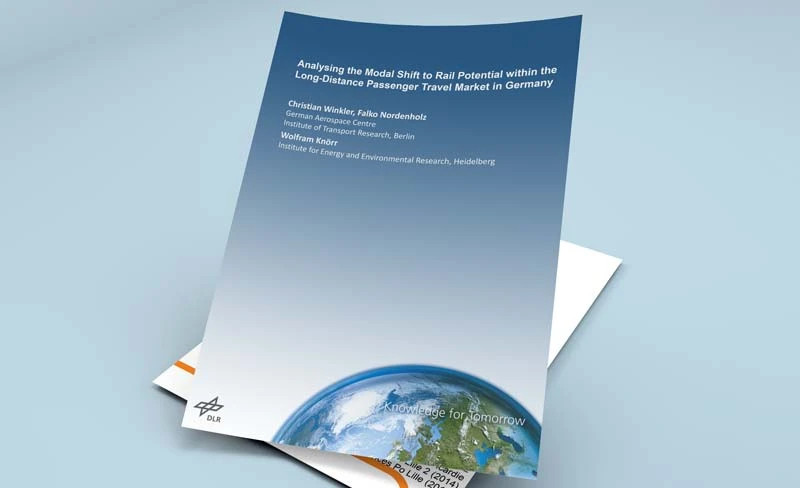
Browse, search and view papers from the past AET Conferences.
-
Members' Area

AET promotes networking and exchange of ideas, information and opportunities amongst members.
Conference Papers 2018
Dublin, Ireland
ETC Conference Papers 2018
A travel demand matrix estimation method integrating the full richness of observed traffic flow data from congested networks
Seminar
Day 3 (12 Oct 2018), Session 9, New Features in Assignment, 11:15 - 12:45
Status
Accepted, documents submitted
Submitted by / Abstract owner
Luuk Brederode
Authors
Luuk Brederode, DAT.mobility - The Netherlands; Delft University of Technology - The Netherlands
Kurt Verlinden, Significance - The Netherlands
Short abstract
This paper presents a travel demand matrix estimation method that can make use of all observed flows in congested networks and additionally allows for the use of observed congestion patterns from e.g. floating car data as additional input.
Abstract
In strategic transport models, road travel demand matrices are usually estimated using estimation methods that fuse prior or synthetic travel demand matrices with flow data observed on individual roads (‘links’) in the network. On the one hand, ever more data on flows, speeds and/or densities on link level is available, driven by technological advances (e.g. PnD’s, smartphones, IoT), trends in transport policy towards smarter usage instead of expansion of the network and the smart mobility concepts arising from them. On the other hand, the urgency of robust and sound estimation procedures is triggered by rising congestion levels on these networks that are at an all-time high.
In this paper we address the known difficulties when estimating travel demand using link flows observed on a network with high levels of congestion. Such a network incorporates at least several active bottlenecks, which influence flow values both upstream (queues will form) and downstream (flow is metered). This implies that, on such a network, observed link flow values may represent either 1) the unconstrained travel demand for that link, 2) a proportion of the capacity of a set of upstream links, 3) the capacity of the normative (in terms of capacity deficit) downstream link or 4) a combination of these quantities. Which quantity each observed link flow represents depends on the specific traffic conditions in the network. Note that in practice a very large portion of observed flows is affected by flow metering (2) whereas only a small portion is unaffected (1) or affected by queues (3 or 4).
Demand matrix estimation methods use a traffic assignment model to assess the relationship between travel demand and link flow in intercept information. If the assignment model that provides the intercept information does not strictly adhere to link capacity constraints, as with static traffic assignment models, flow metering effects of bottlenecks (2) are not taken into account and all traffic is considered unaffected (1), thereby forcing incorrect assumptions upon the estimation. Therefore, matrix estimation methods using these models should only be applied on observed flows values that are unaffected (1), rendering them mostly useless on networks with high congestion levels. Note that by nature these assignment models should actually not be applied on study areas with congestion altogether.
Current practice to use observed flows affected by congestion (2, 3 or 4) is to derive unconstrained link demand values from the observed flow values, for example using the ‘Tonenmethodiek’ (used in the Dutch LMS/NRM models), or similar techniques that shift observed flows to upstream unconstrained links. Then, instead of the actual observed flows, these post-processed link demand values are used during matrix estimation. As such, these methods exhibit poor tractability and robustness and do not integrate any information from the assignment model about the composition of routes on the observed links.
With this paper we propose a demand matrix estimation method that includes the impact of flow metering (2) as calculated by an assignment model adhering to strict link capacity constraints. Furthermore we show that observed flows in queue (3 and 4) can be transformed into useful estimation input via excess demand for a downstream bottleneck link. Usually, given the sparsity of these observations, they benefit from combinations with other observed congestion patterns from e.g. floating car data. Using this approach, the need to post-process synthetic link demands is taken away, thereby increasing tractability and robustness of the matrix estimation method and allowing for use of observed congestion patterns as additional input. Furthermore, this method more efficiently reveals inconsistencies between model link capacities and observed congestion patterns and inconsistencies between count values, allowing the modeler to correct the model network and other matrix estimation input.
The method has already been applied on two large scale strategic transport models in the Netherlands affected by high levels of congestion. Practical insights from these applications are also included in this paper.
Programme committee
Transport Models
Documents:
Association For
European Transport
Forester House
Doctors Lane
Henley-in-Arden
Warwickshire, UK
B95 5AW
+44 (0) 15 64 793552
VAT number: 710 1866 64
Conference Supporters & Endorsers




Legal Entity
The Association for European Transport is registered as an Association ('vereniging') with the Chamber of Commerce for Haaglanden in The Netherlands under company number 27170096.
Built on Zenario

